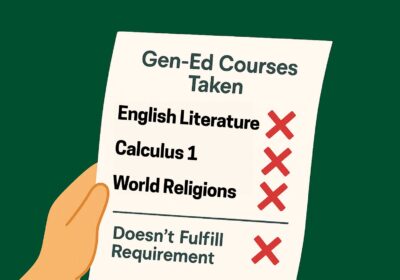Front-page nudity was a poor decision
East Carolina University students were in for a surprise when they picked up the Nov. 8 issue of the school’s student newspaper, The East Carolinian, which featured full-frontal nude photos of a male football-game streaker.
Virginia Hardy, vice chancellor for student affairs at ECU, called the unedited photos “in very poor taste” in a press release. Caitlin Hale, the paper’s editor-in-chief, issued a statement in defense of the decision, justifying the photos as necessary to provide an “accurate account” of the event.
Issues of freedom of the press aside, publishing the photos was in bad taste and a decision that’s hard to justify. Some argue the photos should have been censored, but doctoring news photos is never a good idea – a better alternative would have been not publishing the photos at all.
There was nothing particularly special about the game, and the streaker, John Sieglinger, was no one famous and not even an ECU student. Streaking may not be common, but it is hardly an unprecedented event.
In addition to giving the story prime coverage, the paper included a three-photo montage of the streak. The paper gave undo attention to Sieglinger, whose decision to streak was made even worse by the fact he did so during a halftime show to honor U.S. military members.
Even burying the photos deeper in the paper would have been a better move. Then, they could have at least run a nudity disclaimer on the front page, sparing unsuspecting eyes.
There was no compelling news reason to run the photos, so it seems the student journalists did so solely because of the nudity. Maybe they thought it was funny, or perhaps they were purposely courting controversy.
As the paper is independent, ECU doesn’t have any direct oversight, but officials are understandably upset over the photos that flooded campus news racks. Hardy stated in the release that officials would “be having conversations with those who were involved in this decision in an effort to make it a learning experience,” which is reasonable, provided they do not try to exert any editorial control.
Another consequence of the paper’s decision is many of the offending papers may have been stolen off the racks, according to The East Carolinian. Theft of newspapers both offers a form of censorship and neglects the fact that newspapers aren’t free to produce, the Student Press Law Center noted.
According to The East Carolinian, the newspapers may have been taken from ECU and Pitt County Memorial Hospital medical facilities. It was not only college students who may have stumbled across the photos, but, potentially, also children or members of the wider community.
Running controversial photos is not a decision that should be taken lightly, especially if there is no legitimate reason to do so. It was The East Carolinian’s choice to make, but its editors chose poorly.







